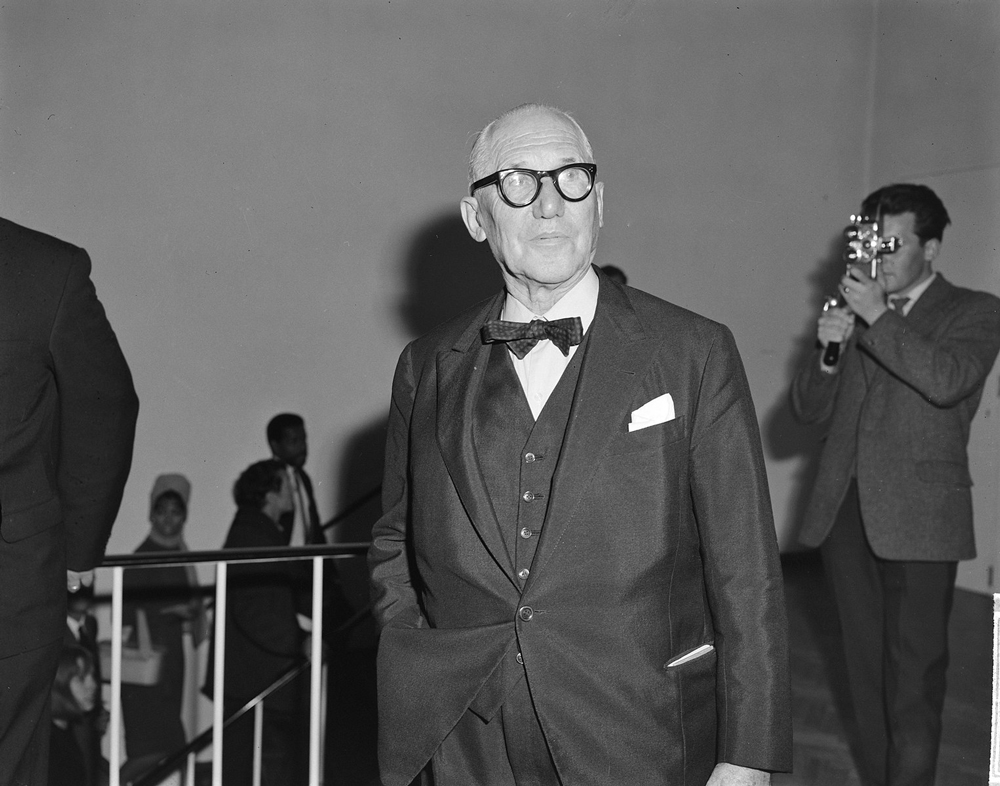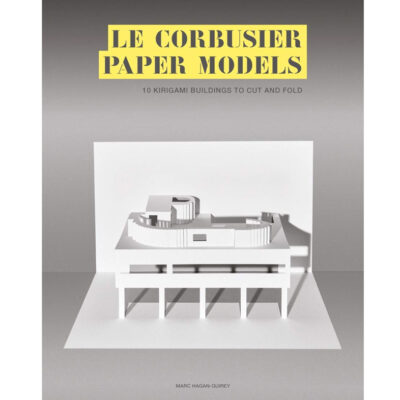
Corbusier
Charles-Édouard Jeanneret, known as Le Corbusier
Charles Édouard Jeanneret-Gris (1887-1965), known as Le Corbuiser was born in La-Chaux-de-Fonds, Switzerland. A key figure in the modernist movement, he became a French citizen in 1930 and self-styled as Le Corbusier. He studied architecture but, according to some, did not formally qualify. A writer, urban planner and founding member of CIAM (Congrès International d’Architecture Moderne), his buildings can be found in Europe, Japan, India, Russia, North and South America. His art can be found at E-1027
Known for his five points for new architecture (according to Site Le Corbusier)
- A building raised on pilotis pile stilts,
- A self-supporting structural framework formed by columns and beams,
- Glazed external walls,
- A flexible open-plan (without load-bearing walls) that can be adapted according to the building’s functions and their changes,
- A terrace roof that acts as a roof garden.
Notable buildings include:
- Villa Savoye, Poissy, France, 1928
- Cité Radieuse Unite d’habitation, Marseille, France, 1945-1952
- National Museum of Western Art, Tokyo, Japan, 1957
- Chapel of Notre-Dame du Haut, Ronchamp, France, 1950-1955
- Palace of Assembly, Chandigarh, India, 1955
- Unité d’habitation de Briey en Forêt
- Mill Owners Association Building – Ahmedabad, India 1954
Image: Corbusier 1964 photo Joop Van Bilsen





